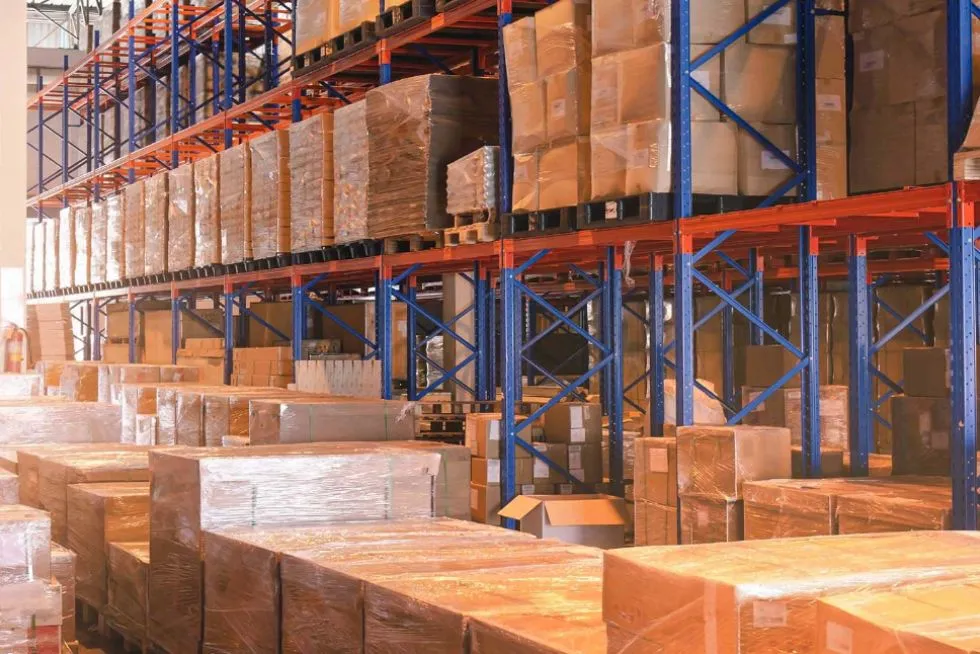Reduce Waste and Warehouse Clutter: How to Stop Overstocking
Contents
We all know the hassle created when something in your warehouse is out of stock: delays, administrative stress and, ultimately, unhappy customers. So, it stands to reason that we should avoid understocking at all costs.
Unfortunately, things aren’t quite that simple.
Overstocking is an insidious warehouse management error that can end up costing your business big time. Read on to get the inside scoop on overstocking: what it is, why it happens, and how you can avoid it.
What is Overstocking?
Overstocking occurs when a business purchases more products than is sold, leading to a buildup of extra inventory in its warehouse or storage facilities. Over time, leaving so much stock on the shelves can hurt a business’s profit margins.
What are the Causes of Overstocking?
Overstocking can be caused by a number of factors in your business, and knowing the cause for warehouse clutter is an essential step towards fixing the problem.
The first common cause is misjudging customer demand for a particular product. When you predict a high demand and stock high levels of a product in your warehouse (only for it to sell poorly), then you will be faced with an overstocking situation.
Another common cause for overstocking is the fear of understocking. It’s human nature to do things ‘just in case’ and we intuitively understand the drawbacks of understocking far better than overstocking. Better more than less, right?
This has become more of a factor in the last few years, where COVID and other world crises have made supply chain interruptions the norm. Many businesses believe that a slight overstock is safer than being faced with large delays —but this solution is only a band-aid on the bigger issue of supply chain visibility.
Finally, an overstocking problem might be as simple as poor inventory management. With many warehouses still relying on manual processes, it can be easy for excess stock to fall through the cracks.
Why is Overstocking So Bad?
Over time, overstocking can be seriously costly to your business.
Firstly, overstocking increases your storage costs. By paying to store goods that won’t be sold (not to mention the cumulative labour costs of counting and maintaining the inventory), your business can hemorrhage substantial amounts of money over time.
And don’t forget — if you’re stocking perishable goods like food, beverages, or pharmaceuticals, then overstocking can lead to product expiration and obsolescence: further magnifying the increased costs created by overstocking.
Ultimately, overstocking (even on a minor scale) is a symptom of a more serious issue with your supply chain or inventory management processes, and keeping extra stock in your warehouse isn’t a long-term solution to those problems.
3 Top Tips to Avoid Overstocking Your Warehouse
1. Reduced cost
The first step to overcoming a clutter problem is to do something with the excess stock. Ideally, you want to be able to make a small profit on extra stock (or at least avoid losing money).
Reducing items to clearly makes sense as a business strategy: by reducing the asking price, customer demand for your product is likely to increase — allowing you to offload some of that overstock. Only dispose of products as a final resort (such as if they are expired, or storage costs are very high), as disposal prevents you from making any money back on the items.
2. Analyse Market Trends
With better knowledge of customer behaviour and market trends, it is easier for businesses to accurately predict future demand for products — leading to more accurate stocking decisions. This can also help businesses sideline their fear of understocking by empowering them with knowledge of market behaviour.
3. Improve Inventory Management
Excellent, data-driven inventory management is the real long-term solution to avoiding future overstocks. Compared to a manual way of warehouse management, a warehouse management system (WMS) can help you better keep track of current inventory levels, improve product tracking, and get full visibility of your warehouse.
Invest in Inventory Management
Datapel.WMS provides your business with full visibility, helping you more accurately manage inventory with less administrative labour. Learn more today and start a book a customized demo.

Adam Wesley is the Founder and Managing Director of Datapel Systems, where he serves as an agile Operational Leader with a fervent dedication to problem-solving, strategic thinking, and process improvement. With a remarkable career spanning over two decades in the IT landscape, Wesley brings a wealth of knowledge and expertise.
For the past 15 years, he has honed his skills in the niche field of warehouse workflow solutions. Wesley firmly believes that effective business systems should not only meet the needs of warehouse operations but should also empower and support warehouse workers. His vision revolves around achieving the precise shipment of orders while simultaneously minimising order fulfilment time.
Adam Wesley’s commitment to innovation and efficiency in the ever-evolving IT industry has positioned him as a respected figure, and his leadership at Datapel Systems continues to drive the company towards excellence in warehouse management solutions.







